Ever since humans discovered the many, powerful uses of herbs and spices, they’ve been fascinated by their smells, their tastes and their medicinal purposes. What many people fail to realize, is that the simple herbs and spices that are growing in their gardens and sitting in their kitchen cabinets have had important roles in the history of human civilization. Before modern refrigeration, spices were one of the only ways that people could keep their food from spoiling or enhance its flavor.
Herbs were around before the advent of contemporary medicine, so mixing plant ingredients together in a homeopathic remedy was the only option for relief from some illnesses. From the opening up of the spice trade in Asia in the Middle Ages to the misdirected spice seeking voyage that led to America, spices and herbs have played a powerful part in our legacy as a people. Here are some of the most storied tales of the most popular herbs and spices used today.
Thyme
Thyme, a fresh herb with a slight flavor of mint, is often used as a seasoning for fish, chicken or stuffing. It is an easy to grow leafy green addition to an herb garden. Thyme adds a bit of subtle brightness to its recipes without overpowering the palate. Despite the mild flavor of thyme, historically, thyme has been a symbol of bravery and boldness.
Ancient Romans were under the impression that eating thyme or bathing in it would protect one from being poisoned. They also burned bundles of thyme before battle in order to evoke courage into a soldier’s heart. Years later, during the time of the Black Death, thyme was one of the herbs that was placed into bundles and worn around one’s neck in hopes to protect against the disease. In Victorian times, thyme became associated with finding fairies. Children would hide near patches of thyme in the woods, hoping to catch a glimpse of the magical creatures.
Lavender
An ornamental herb in many gardens, lavender, is also prized for its fragrant smell. In many gardens, lavender thrives in a spot with full sunshine. The image of vast, purple fields of lavender are also part of the iconic French provincial countryside.
In cooking, it can be infused into sugar, creating a unique flavor for cakes. It can also be mixed into tea blends and enjoyed as a hot beverage. The most common use puts the dried herb as a popular ingredient in soaps, lotions and perfumes. Lavender’s use as a perfume got it start probably as far back as ancient Egypt when women soaked in herbal lavender baths. It is said that Cleopatra wore lavender’s scent as her secret weapon. In Renaissance times, before the advent of indoor plumbing when people could take regular showers, the sweet-smelling lavender was worn as a corsage to mask the unpleasant smell of an unwashed body.
Rosemary
A popular addition to pastas and chicken, rosemary, is a culinary plant with leaves that are similar to needles. Crushing the needles into a recipe gives it an instant pine flavor.
Traditionally, rosemary has always been a symbol of fidelity, marriage and fertility. During ancient times, women would carry rosemary sprigs in their in their hands when they got married. Some cultures believed that if a girl put rosemary under her pillow, then she would dream about her future husband. In Tudor times, brides would often wear wreaths of rosemary around their heads during a wedding feast. After the wedding ceremony, some guests would sprinkle rosemary needles into the marriage bed for good luck.
Oregano
Oregano is a strong, spicy, fresh tasting herb that is mostly associated with Italian food like pizza and spaghetti sauce. Those who grow oregano plants in their gardens are rewarded with a fragrant, fresh smell.
First found in ancient Greece, it was believed by the Greek people that the goddess Aphrodite created oregano. In Greek, oregano is loosely translated to “joy of the mountains.” For many years, oregano was used medicinally, mostly as an antiseptic, and to help soothe other ailments such as headaches, acne, canker sores and toothaches. Oregano oil, a more potent formulation, was used in combination with steam in order to cleanse the lungs and clear congestion.
Turmeric
A vibrant orange colored spice, Turmeric, can also be grown and cultivated in the warm climates. Typically used in curries, turmeric has an earthy and slightly bitter flavor. Native to India, turmeric was also used as an anti-inflammatory hundreds of years ago. In religious ceremonies, turmeric is considered a sacred plant. Before marrying, some Hindu women would wear a necklace that was colored yellow from the turmeric plant. Its powerful coloring agent was used for dyeing for many years as well. Today the components of this spice are being used in research studying its possible role as an antioxidant and cancer-fighting agent.
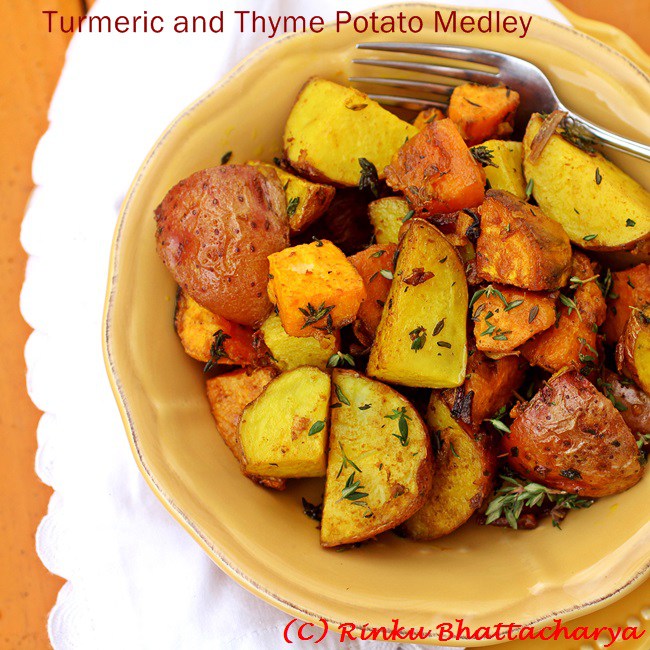
photo from spicechronicles.com
Turmeric pairs well with fresh herbs like rosemary & thyme, like in this wonderful roasted red potatoes with turmeric & thyme recipe by Spice Chronicles.
Spices that Complement Herbs Nicely
Cinnamon
Cinnamon, a popular spicy flavor used in breads, candy and other sweet items, is grown in tropical climates or inside greenhouses. Throughout ancient history, cinnamon was valued for its taste as well as its preserving properties for meats. During the Middle Ages, however, it was expensive and quite difficult to get in Europe, so it was seen as a symbol of prestige. When explorers from Portugal, Spain and other European countries started making their voyages, many times it was in search for sources of this type of spice. Their journeys took them to the Americas, where they found a mostly unexplored wilderness along with native people but no cinnamon. Finally in 1518, explorers from Portugal landed in an area called Ceylon, now known as Sri Lanka, where cinnamon grew naturally. Portugal bullied its way into the cinnamon trade and controlled its price for many years. Other European powers would vie for control of this land where cinnamon grew, like Holland and England, until the 1800s when cinnamon started to grow in other parts of the world, destroying the Ceylon monopoly.
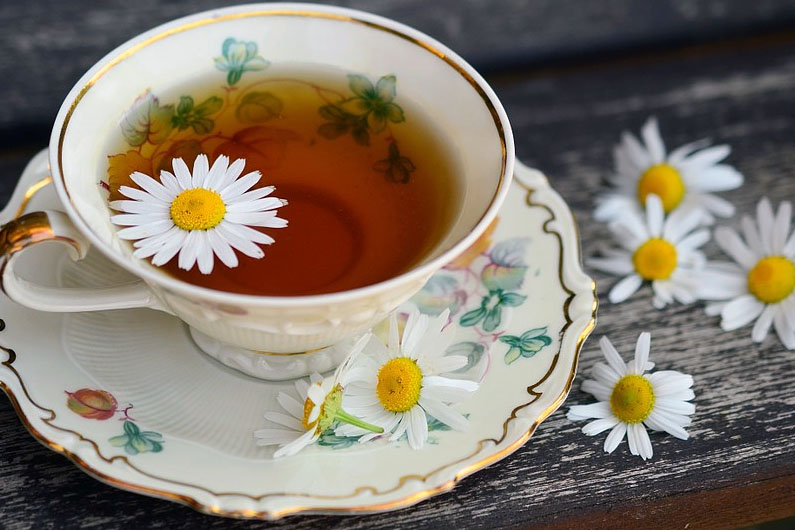
Combine a cinnamon stick with fresh grated ginger, some fresh chamomile flowers and a pinch of cayenne pepper for a wonderful homemade healing herbal tea. Sweeten with honey and/or lemon juice.
Nutmeg
Nutmeg is the seed of a tree indigenous to the Banda Islands in Indonesia. Used as a flavor, nutmeg gives off a rich, nutty taste and is combined with other spices in different sweet or savory dishes. Brought to Europe in the Middle Ages by traders through Venice, nutmeg was a highly sought after and expensive spice. Some even believed it prevented people from catching the Black Death, which had made its way through Europe in several waves during that time period. Like Ceylon, the home of cinnamon, the Portuguese gained control of nutmeg’s Banda Islands during their explorations in 1511. The Dutch and English also fought bitterly with Portugal for control of this valuable resource. There were several wars fought for control of this spice during the 17th century, and the unfortunate victims of the war were the native people of the island. The country that ended up with control of the island eventually was Holland. By the 19th century during one of the Napoleonic wars, the British had secretly transplanted a few trees that grew the nutmeg seed out of the Banda Islands, finally giving the world more access to this spice, and thus ending the Dutch stronghold on the seasoning.
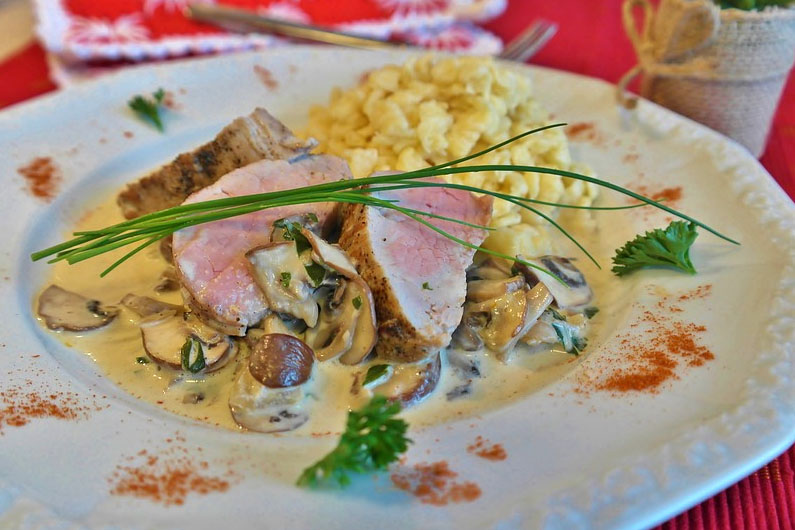
Combining nutmeg with fresh herbs (such as basil, oregano, tarragon, thyme, flat-leaf parsley) will give recipes, like this fresh herb spaetzle, a bursting-rich flavor!
Saffron
Saffron is one of the exotic spices that is often added to rice based dishes that have an Arabic twist. This spice comes from the saffron crocus plant and was first grown in Greece thousands of years ago. Throughout history this spice was known as a valuable ingredient for use in dyeing fabrics, flavoring food and cleansing the body. In the 14th century, saffron was traded primarily through Nuremberg, in what is now known as Germany, after it was grown in the Mediterranean. During that time period, some traders would try to increase their profits by bulking up the saffron with various ingredients like marigold petals. When authorities in Nuremberg found out about these tainted parcels of saffron, the traders would be burned alive for the crime.
Today, saffron is one of the few spice ingredients that is still expensive and rare. Luckily Calendula, the herb of the sun, can be grown in your own garden as an incredible saffron substitute. Calendula is antiseptic, antifungal and has precursors for human hormones and Vitamin A, so it is strongly recommended by many holistic healers.
Pepper
One of the most abundant spices in today’s kitchen, pepper was first found in the fruit of the pepper plant in tropical south India. The seed of the plant is cooked and then dried, producing the black peppercorns, which are then either distributed whole for pepper grinders or ground down during processing for pepper shakers.
Before becoming a staple, along with salt, on most American tables, pepper was one of the most hotly contested ingredients of the spice trade hundreds of years ago. In Europe during the Middle Ages, pepper was so prized it was used as currency for trade for a time. Besides being a valuable seasoning for people’s food, pepper was also used medicinally. If it was crushed and mixed in a salve or poultice, it could help open up one’s airways if there was congestion. Now, pepper continues to be wildly popular, and there are additional variations of the peppercorn that are now produced, like white, green, red, orange and pink pepper. Some pepper and fresh culinary herbs is often all it takes to take your recipes from drab to fab!
Conclusion
As most of these herbs and spices are now widely available, either through the local grocery store or by growing them in your herb and spice garden, you can bring these flavors into your kitchen and meals whenever you like. The different stories from each ingredient show not only how important these items were but also vouch for the flavors they each add to cuisine. And if you’ve never cooked with fresh herbs, and only used the dried stuff before, just wait for the astronomical difference!


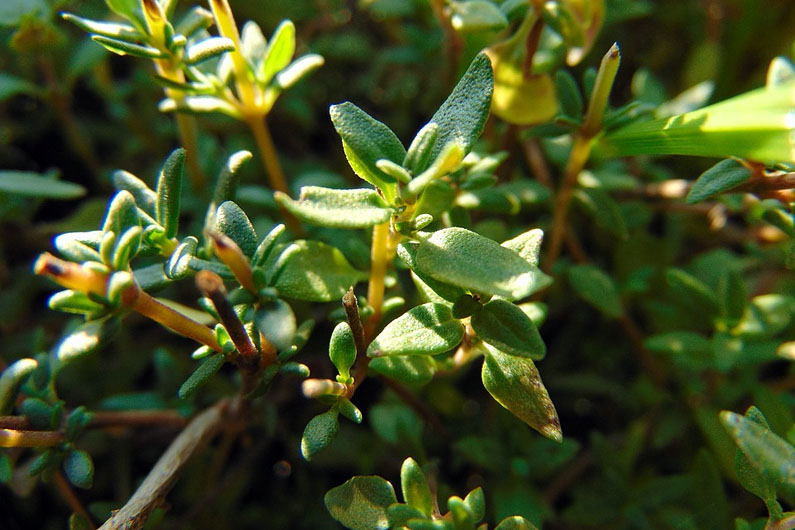
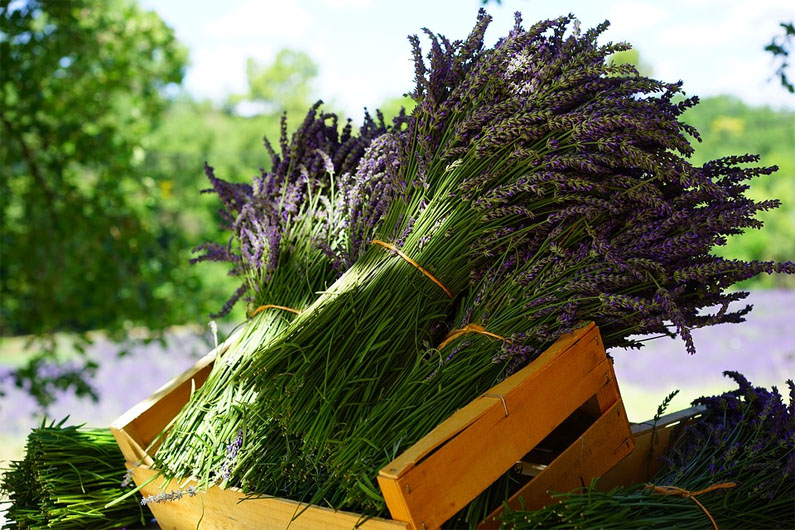
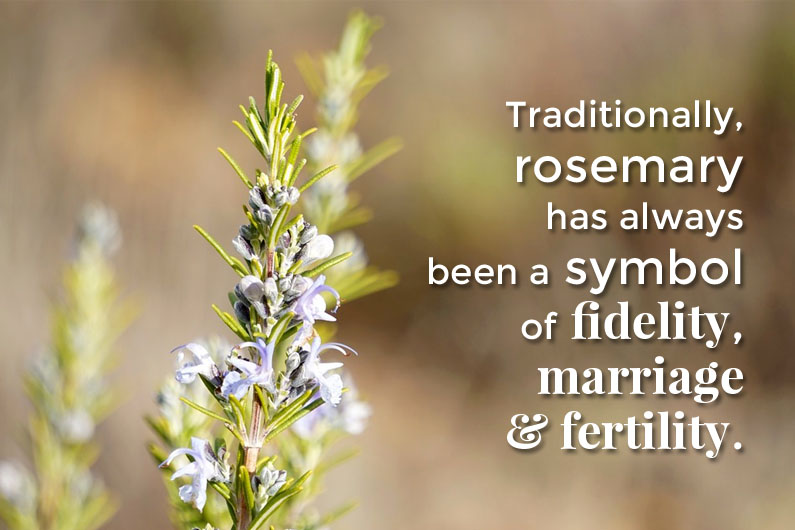
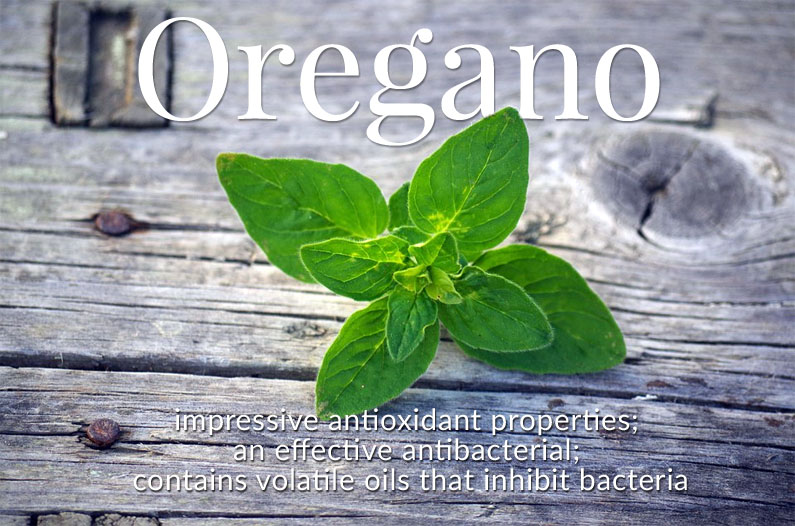

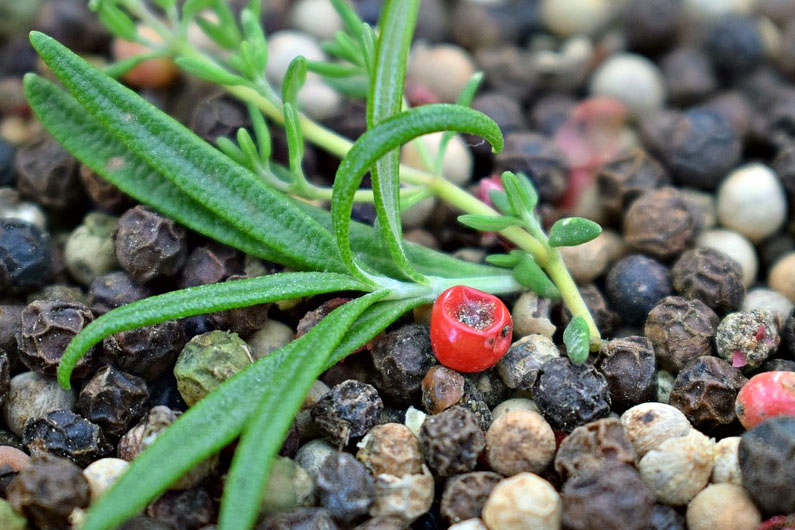
Looking forward to ordering from you in a few weeks.
Do you have any tips for growing Lemon Verbena?